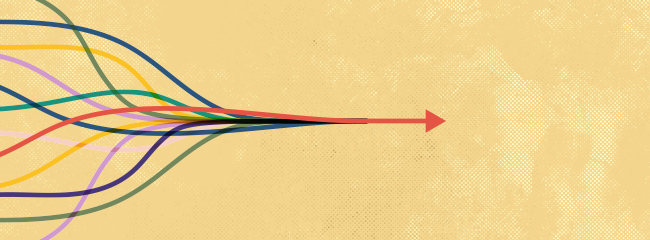It’s an interesting question, as it implies that there is an optimal makeup for a group. What’s more, I know that there is really a question that lies behind their question. They are really asking, “Do we have a good mix of styles on our team?”
In case you’re not familiar with the DISC styles, in Taking Flight!: Master the DISC Styles to Transform Your Career, Your Relationship…Your Life, Daniel Silvert and I used birds to describe the styles. The direct, driven, dominant eagle represents the D style. The inspiring, influential and interactive parrot symbolizes the I style. The sincere, steady, supportive dove represents the S style. And the concise, calculating, and conscientious owl embodies the C style.
So let’s answer both questions. First, is there an optimal combination of styles? The answer is no.
If a group of people is self-aware enough to recognize their strengths and potential blind spots and they proactively take steps to make sure that their blind spots don’t become a reality, the combination of styles will play less of a role in driving the team’s success. Consider a team comprised of D eagles, I parrots and S doves, but lacking anyone who naturally displays the C’s owl-like characteristics. If this team acknowledges that they don’t have members who intensely focus on careful planning, creating and following established processes, and ensuring quality outcomes, they can take proactive steps to make sure that they demonstrate these qualities. Thus, the lack of a having a team member with the C style will not significantly impact the team’s success. If, however, the team lacks self-awareness, they may come up with a revolutionary idea and just start doing it without considering its long-term implications. In this situation, the combination of styles will have a detrimental impact on success, not because of the lack of a C, but rather because of the lack of self-awareness.
When answering the second question about whether their own team has the right mix of DISC styles, we simply need to consider whether their styles help them or hinder them. Do they capitalize on their strengths and proactively take steps to minimize their blind spots from becoming actual weaknesses? If a team has very little I style in its makeup, I’d want to know if they take the time to provide positive feedback to each other and find ways to add positive energy to the work environment. If they do these things, I would not be concerned that the team lacks the I style…because they are consciously filling that void with the I’s parrot energy and behaviors. If they simply ignore the style, they may find that morale will suffer. In this case, the team is not at optimal effectiveness because team members are not as engaged as they could be.
When consider team dynamics, there are no absolutes. There is no such thing as the “perfect mix” of DISC styles. Just like with individuals, self-awareness and flexibility drive team success.

